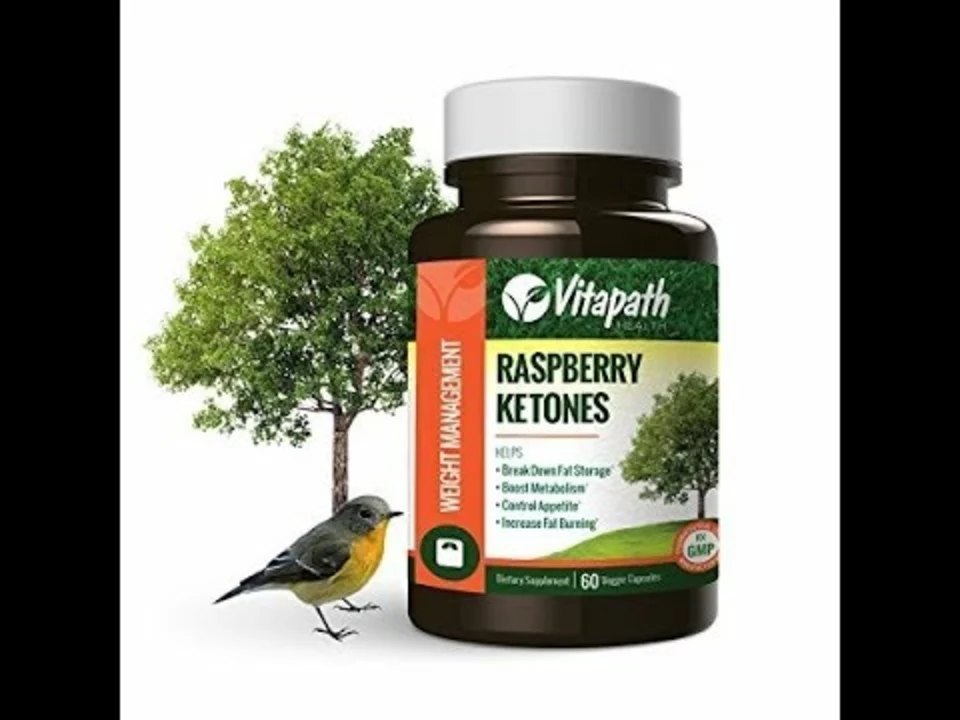hemlock water dropwort — how to spot it, why it's dangerous, and what to do
Hemlock water dropwort is a name that points to a group of very poisonous plants people often mix up with harmless wild herbs. These plants grow in fields, ditches, and wet ground. If you or a pet encounters one, treat it like an emergency: the toxins act fast and can cause seizures, breathing trouble, or collapse.
How to identify hemlock, water dropwort and close look‑alikes
Look for umbrella-shaped clusters of small white flowers (called umbels). Poison hemlock (Conium maculatum) often has smooth, hollow stems with purple blotches and finely divided leaves. Water dropworts (Oenanthe species, including O. crocata) prefer wet places and may have a tuberous, turnip-like root that can be mistaken for a wild parsnip. Water hemlock (Cicuta species) also has umbels and a thick rootstock that’s dangerously toxic. Smell can help: some water dropworts have a strong, unpleasant odor from the root. If you forage, don’t taste-test anything that looks like these plants.
What to do right away if someone or a pet eats it
If ingestion is suspected, call emergency services or your poison control center immediately (US Poison Control: 1-800-222-1222). Do not wait for symptoms to worsen. Remove any plant matter from the mouth, rinse with water, and take off contaminated clothing. Do not induce vomiting unless a medical professional tells you to. If the person is having seizures, stop choking risks by turning them on their side and calling for help. If breathing stops, start CPR if you know how.
For pets, call your veterinarian or an animal poison hotline (for example, ASPCA Animal Poison Control: +1-888-426-4435). Keep a sample of the plant—put it in a sealed bag—and bring a photo to help identification. Medical teams treat these poisonings with supportive care: airway support, seizure control, fluids, and monitoring. Timing matters: earlier treatment usually means a better outcome.
Simple prevention cuts most risk. Teach children not to touch or taste wild plants. Wear gloves when trimming wetland weeds and keep pets on a leash near marshy areas. If you remove suspicious plants from your yard, use tools and dispose of roots carefully—burning or deep burying are safer than leaving tubers where animals can reach them.
Hemlock and water dropwort are not rare—and they look harmless until they poison someone. If you think exposure happened, act fast, keep calm, and get professional help. Carry a photo of the plant and any packaging (if bought), and tell rescuers where the plant was found. That information can speed diagnosis and treatment.
If you want help identifying a plant from your area, take clear photos of stems, leaves, flowers, and roots and show them to your local extension office, a trusted botanist, or a medical professional. Better safe than sorry with these plants.

